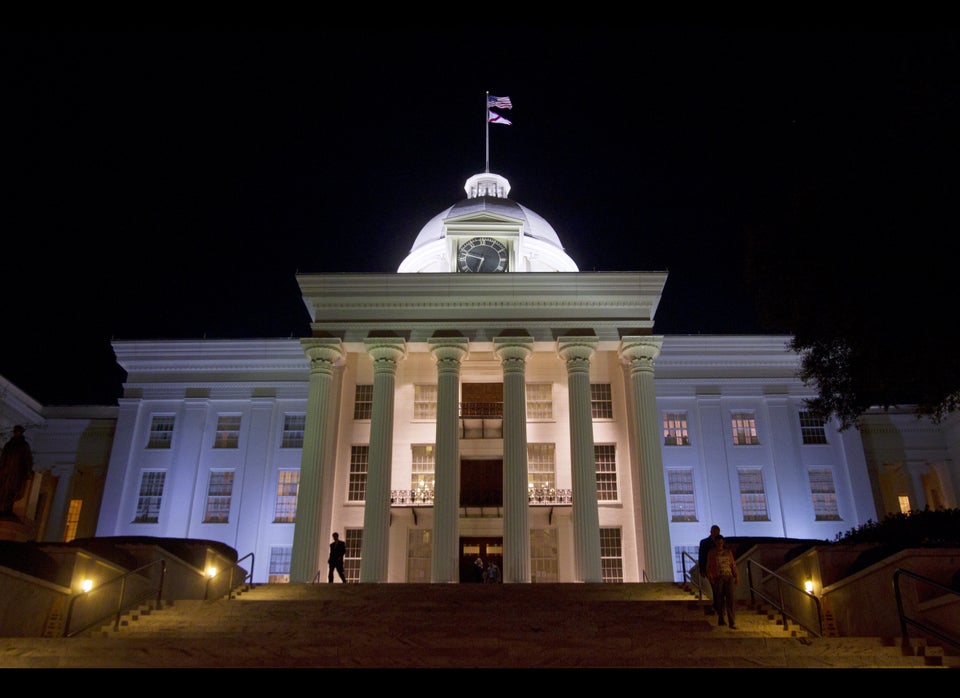WASHINGTON -- There may be a simple way to get more students to show up at college each fall: Text them.
Each summer, 20 to 30 percent of students in urban areas who have accepted a spot at a college fail to attend simply because they do not fill out forms or complete other administrative tasks, researchers have found. But simply sending students text messages with reminders, researchers discovered, boosted college enrollment by 3.1 percentage points overall and 8.6 percent among low-income students.
Ben Castleman, a professor at the University of Virginia who co-authored the study, said while he was working as a high school administrator in 2008, a colleague discovered that about one-third of students who had enrolled in college weren't going. When the school hired counselors to reach out to students over the summer for help with financial aid and procedural tasks, they found that they were able to get in touch with students much better through text or Facebook messages instead of through email or phone calls.
"I think what really differentiates text messaging is that at least for a moment in time ... our phone will chirp, it will vibrate, we'll look at it and for that moment, the text stands out on its own. That's also unlike an email inbox or a Facebook newsfeed where there's a lot of content," said Castleman, who has also written a book on how texting can improve education.
The texts also allow counselors to target certain individuals based on information they collect and invite them to write back if they need additional help. That strategy, Castleman said, can be used at low cost to assist individuals in other parts of American life, such as recently incarcerated individuals seeking to re-enter civilian life.
"We as researchers, policymakers, I think can leverage contact information that we have or the ability to access different populations, whether in education, workforce development or criminal justice, and provide simplified information about available jobs, about available educational opportunities for people re-entering from the criminal justice system," he said. "Increasingly we're able to provide that information in ways that's really salient to the individual by combining what we observe from them."
The texting study was included as part of a White House report released this week outlining efforts to design effective policies that consider insights from human behavior and psychology. President Barack Obama also issued an executive order on Tuesday instructing federal agencies to develop and implement policies using insights from behavioral science.
It's a policy approach that the legal scholar Cass Sunstein and the economist Richard Thaler have dubbed "nudging." The idea is that policymakers can exploit certain human biases to push them toward making good decisions. If a state wants to increase the number of organ donors, for example, it might make it the default option for when residents sign up for their driver's licenses, since people tend to stick with default options.
The White House report measures the impact of a series of small government nudges on areas such as retirement saving and financial aid. In one experiment, officials got nearly 5,000 new service members to sign up for a retirement savings program just by sending them email messages informing them that they were eligible to participate in it.
The USDA also created a campaign in which they sent farmers personalized letters informing them of microloans available to them. As a result of the campaign, the number of farmers who got microloans increased from .09 percent to .11 percent -- a 22 percent increase.
The nudges even extended to the more mundane aspects of office life. In an experiment in the USDA’s Economic Research Service, employees were given a prompt to change their default printing option to double sided. The prompt increased the likelihood of double-sided printing on a job by 5.8 percentage points. The ERS is now making double-sided printing its default option.
Also on HuffPost:

